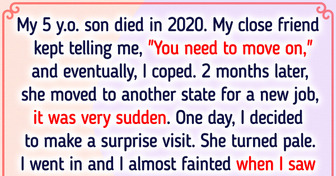12 True Stories That Pressed All Our Anger Buttons

“Time” is the most frequently used noun in the English language. That’s how unique this everyday concept is. Of course, time has always existed, but the idea of keeping track of it did not. So, what is time?
Physicists say it’s the progression of events from the past into the future. It also only moves in one direction. At least for now, we can only move forward in time, but not backward. Hypothetically, technology could one day allow us to send a human into the future — if we managed to move close to the speed of light.
But would that also allow us to travel to the past and return back to the present? Scientists don’t think so. Interstellar travel at the speed of light might be possible in the future, but it would be a one-way-ticket voyage exclusively to the future.
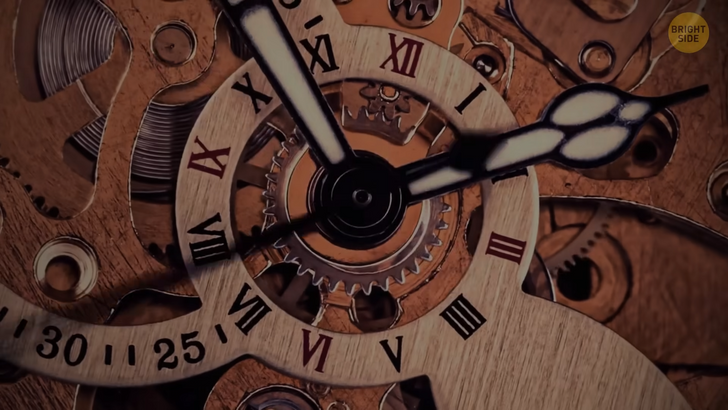
There still may be a way of traveling to the past. Einstein himself proposed a theory in which time travel to the past could be achieved through the Einstein-Rosen bridge — also called a wormhole. In astronomy, wormholes are tunnels connecting two places in space. By traveling through a wormhole, you could hypothetically travel huge distances across space —even if the two ends of the wormhole were very far apart. Scientists also observed that time got distorted depending on the speed we moved at. The faster we move, the more slowly time goes. If we could reach the speed of light, time would stand still.
That’s because the speed of light is the fastest possible thing we know about. It’s the maximum speed an object can ever achieve. In theory, when an object approaches this speed, time begins to slow down compared to time on Earth. Scientists call this effect “time dilation.” It means that the intervals of time begin to “stretch out” the faster you move. If you had a watch on your wrist and another person also wearing a watch went by you at the speed of light, their watch would be ticking much more slowly than yours.
The truth is, we are, in fact, living in the past. It’s not a metaphor; it’s human biology. That’s because our brains don’t record events until about 80 milliseconds after they occur. This short leap between the present and the past is why some physicists think there’s no such thing as “now” and that the present time is no more than an illusion.
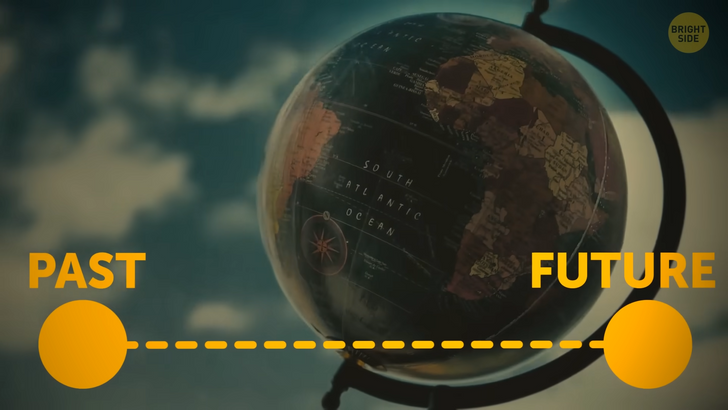
Our brains have their own way of telling time. If you made it to work on time this morning, thank your alarm clock, sure, but thank your brain, too. It has an accurate internal clock that allows you to sense the passage of time without actually checking the device on your wrist. Of course, we also have our circadian rhythms. They’re these 24-hour cycles, always running in the background, that allow us to carry out essential functions, like when to go to sleep and when to wake up.
Because we’re exposed to light during the day, the master clock starts to send signals that make us more alert. They help us stay awake and become active so that we can carry on with our activities throughout the day. In the evenings, since there’s increasingly less light, our internal master clock lets our body know it’s time to produce melatonin. This is a hormone that promotes sleep. It also keeps sending signals throughout the night that help us stay asleep.
How about our planet? Does its movement affect our concept of time in any way? Atomic clocks — the most precise in the world — have shown that the duration of each day is getting longer, and scientists don’t know why! The way we measure time has an impact not just on our schedules but also on the technologies we use in our modern life, like GPS tracking, for example.
Over the past few decades, Earth’s rotation around its own axis has been speeding up. This rotation is what determines how long a day is. Surprisingly, in June 2022, we went through the record-breaking shortest day in the past half a century or so. It was, on average, shorter by 1.59 milliseconds. (Gee, I missed it!) Despite this record, since the year 2020, the overall duration of a day is becoming longer.
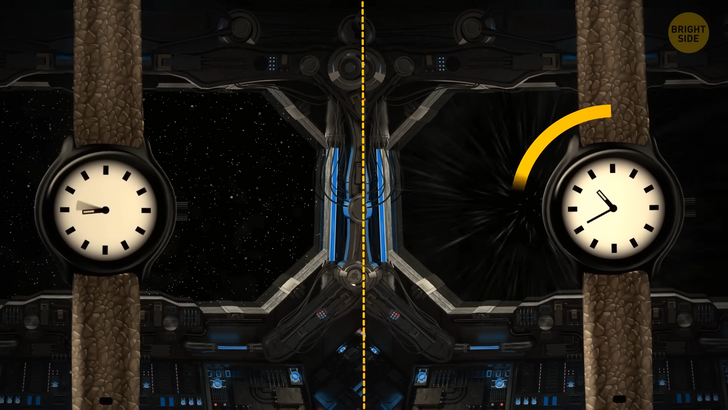
A lot of changes — those that occur over millions of years or almost instant ones — can affect the length of a day. Even earthquakes and powerful storms can disrupt our planet’s not-so-precise clock. A day is very rarely exactly 86,400 seconds long. For example, the Great Tōhoku Earthquake of 2011 in Japan may have sped up Earth’s spin, shortening the day by 1.8 microseconds. So, what is causing longer days?
Most likely, Earth’s rotation has been slowed down by the friction effects of the tides caused by our Moon. This adds about 2.3 milliseconds to the length of each day every century. I’ll spare you the math, but it means that a few billion years ago, a day on Earth was only 19 hours long. We might eventually need a negative leap second to make sure we don’t drift out of sync with our planet. A leap second would be a period of time removed (or added) from the Coordinated Universal Time to compensate for the difference in Earth’s rotation. This extra second seems unlikely right now. The only change, for now, is that we have a few extra milliseconds each day.
This isn’t the first time we’ve used leap seconds to synchronize our calendars. 27 leap seconds have been added since 1972. The next probable date for this addition is scheduled for June 30, 2023. The way we perceive time also depends on the cultures we come from. Let’s take being late, for example. (I’m never late. ) Being late is accepted in most Mediterranean countries — no one really gets upset. In other, more punctuality-conscious countries, like the USA, England, or Switzerland, being “on time” means being one minute late at most!
Countries we come from may also be future-oriented or past-oriented. Future-oriented societies, on the one hand, have a great deal of optimism about the future. They view management as a matter of planning and doing — as opposed to just letting things happen. The United States is one of the fastest-paced countries in the world and is a key example of a future-oriented culture. It is one that values being busy.
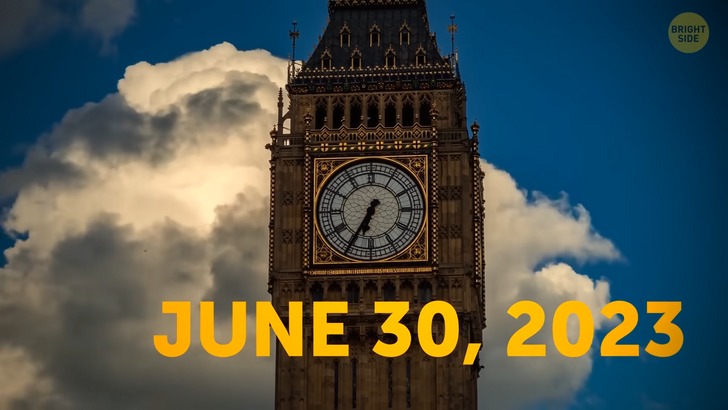
Past-oriented cultures, like India, have a more relaxed way of looking at time. These types of societies are concerned with traditional values. They tend to be more resistant to change. In these cultures, trains may be several hours or even a full day late. And it doesn’t cause any stress and turmoil. It’s hard to pinpoint how long people have been keeping track of time.
But in 2013, archaeologists found what they thought was the world’s oldest lunar calendar. They stumbled upon it while excavating a field in Scotland. The calendar consists of a series of 12 pits that seem to depict the phases of the Moon.
This ancient calendar is believed to date back to 8000 BCE. As for the oldest known object in the Universe, it’s a galaxy called z8_GND_5296. We think it’s about 13.1 billion years old, making it about 700 million years younger than the whole Universe.
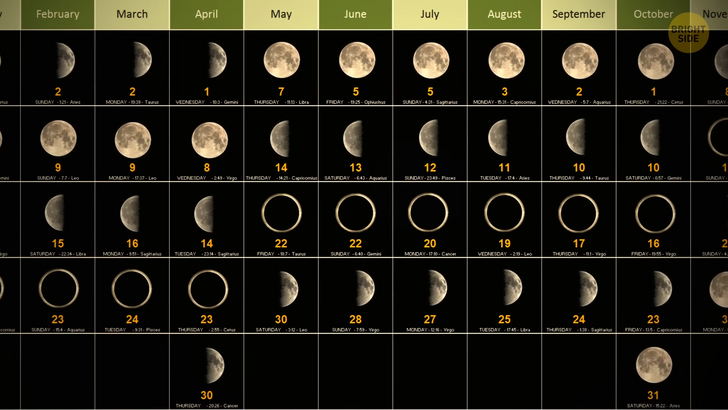
On Earth, the oldest object we know of is a 4-and-a-half billion-year-old zircon crystal. It was discovered in Jack Hills in Western Australia. It’s 160 million years younger than our planet itself.
The most accurate clock in the world is located at the National Institute of Standards and Technology in Boulder, Colorado. It measures time based on the vibrations of a single aluminum ion. It’s also supposed to remain accurate for 33 billion years. We’ll check back and see how it did. Ever wondered why every time you buy a new clock, it’s automatically set at 10:10?
There are various theories behind this choice, but it’s actually for the looks of it. It makes the analog clock look neat and symmetrical. It also doesn’t obscure any logos in the center of the clock’s face. Clocks used to be set to 8:20 at the time of purchase, and some still are. But the hands’ downward angles make it look like the timepiece is frowning, making it less inviting. Of course, nobody wants to buy an angry clock.


